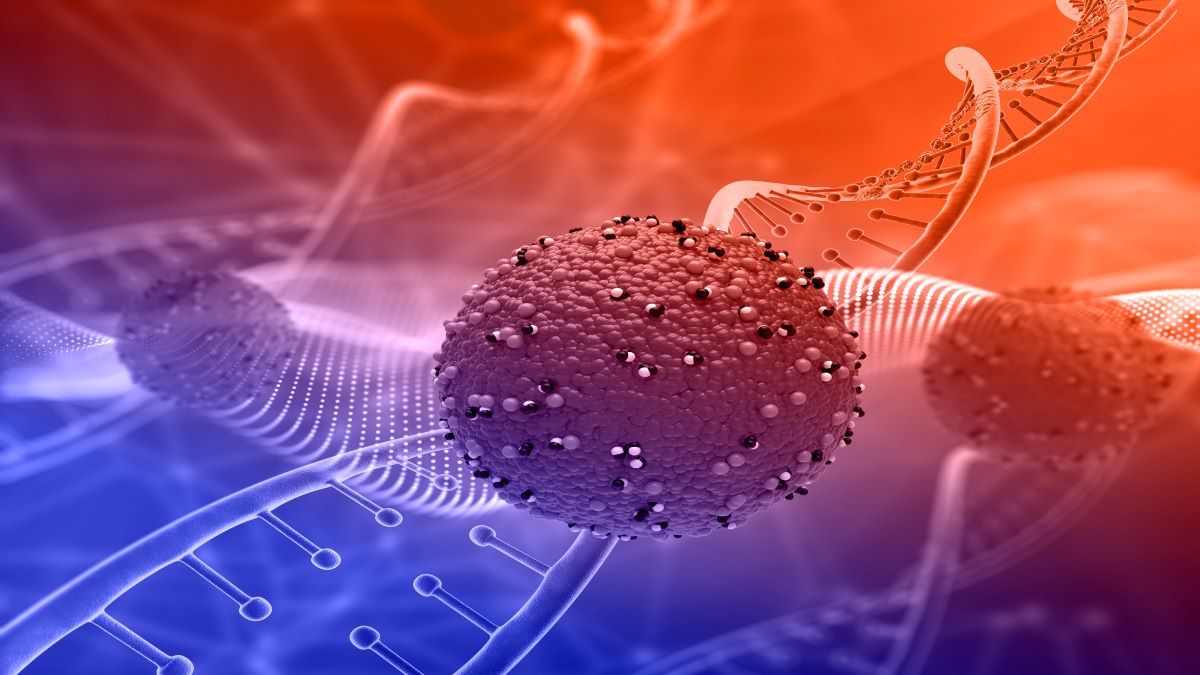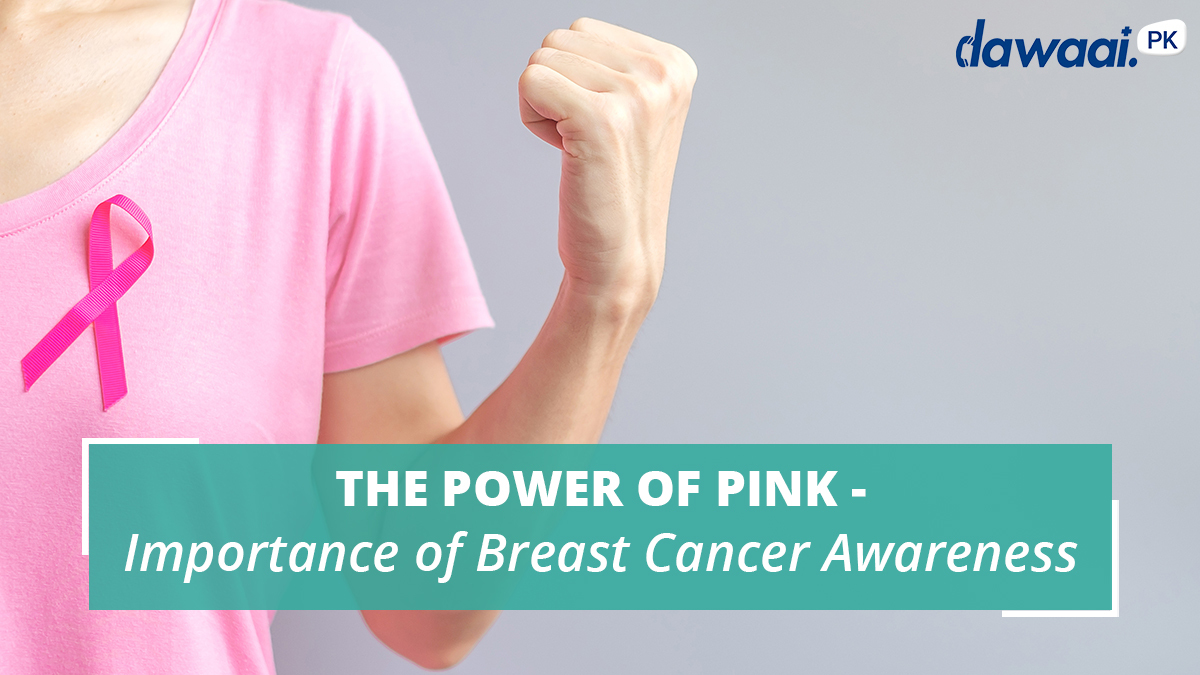Awareness, prevention and detection
We’re here to equip you with early warning signs and symptoms of Cancer, to educate you about risk factors, and to give you with the information and assistance you need to adopt healthy living habits for its prevention.
There is a catharsis in sharing, both in terms of what you say and what you share. Cancer is a terrible disease to deal with, and it affects everyone. No one wants to be included in the annual statistics that are released. If cancer has impacted you or someone you know in any way, you recognize how critical it is to fight this terrible illness, and you likely want to be sure that you are truly making a difference during these events. This cancer awareness month, we offer some advice and guidelines for all people with cancer, its survivors and their friends and family members.
What causes Cancer?
Cancer is developed by mutations in the DNA of cells. Inside a cell, the DNA is packed into a massive number of different genes, each of which regulates how your cells function by producing proteins. Proteins provide specific functions and serve as messengers for the cell. Each gene must contain the proper instructions for producing its protein. Errors in the instructions can either produce an aberrant protein or prohibit the production of a protein. A normal protein gives information that an aberrant protein does not. This can enable cells to become cancerous and multiply irrepressibly.

EngageAfricaFoundation, 2019
Is Cancer always deadly?
Although cancer remains one of the world’s most significant issues, Its diagnosis is not necessarily a death sentence. Some tumors that were formerly thought to be fatal are now treatable and often curable. Scientific and medical advancements, awareness of risk factors, preventative measures, and the significance of early identification have all aided to further progress.

Why is Cancer Awareness vital?
It will be many years before we understand all of the causes of cancer’s complexity, and we may never be able to undo the lives of people who are affected by it; however, we can work to identify cancer early and facilitate in enabling people and families to have a timely detection followed by treatment.
According to statistics from several cancer research organizations, early identification and treatment often reduce the chances of problems associated with advanced cancers. As a result, we feel that only by starting a conversation about it can people become more aware of early indicators of possible cancers.
Cancer and prevention
Cancer prevention is the process of actively reducing one’s risk of developing cancer. According to a World Health Organization, 30-50 percent of all cancer occurrences are avoidable. The most effective approach to combat cancer is through prevention and early detection. Not only would early diagnosis of malignant or precancerous growths save lives, but it will also alleviate the financial and psychological strain of treatment.

There are several measures you may take in your life to enhance your health and lower your risk of cancer.
- Tobacco products should be avoided.
- Moderate alcohol consumption
- Limiting the consumption of processed meats in your diet
- Maintaining a healthy weight
- Using sunscreen to protect yourself from the sun
- Getting vaccinated against viral illnesses
- Practicing safe sex and not sharing needles
- Conducting frequent self-examinations
- Having frequent checkups with your doctor and dentist

The word cancer is usually associated with a great deal of dread and stigma. With the world progressing at the pace that it is, it won’t be long until there is a comprehensive cure for cancer. Until then, we must assist individuals in recognizing early symptoms of cancer, allowing them to seek treatment at a preliminary phase. It is critical to educate people about the major risk factors, because more than 30 percent of cancer cases may be avoided by improving one’s lifestyle or eliminating the potential risks. We must also have conversations to normalize this and alleviate challenges of those suffering and encourage positive growth and personal empowerment.
Citations
2016, E.H.18 J., 2016. How do you tell the lethal cancers from the non-lethal ones? On Medicine. Available at: https://blogs.biomedcentral.com/on-medicine/2016/01/18/tell-lethal-cancers-non-lethal-ones/
CancerInfographics, 2020. Top 10 CANCER INFOGRAPHICS. Available at: https://www.infographicszone.com/health/top-10-cancer-infographics
Cancerresearchuk, 2018. Lifestyle changes could PREVENT 4 in 10 cancer cases – cancer Research UK – cancer news. Cancer Research UK – Science blog. Available at: https://news.cancerresearchuk.org/2018/03/23/new-calculations-confirm-lifestyle-changes-could-prevent-4-in-10-cancer-cases/
Foundation, E.A., 2019. What do you think of cancer? Engage Africa Foundation. Available at: https://www.engageafricafoundation.org/blog/view/what-do-you-think-of-cancer
National Cancer Institute, 2021. What is cancer? National Cancer Institute. Available at: https://www.cancer.gov/about-cancer/understanding/what-is-cancer
Suh, 2020. https://www.healthcentral.com/condition/cancer.
Wark, C., 2020. The top 10 vegetables you can eat to prevent and reverse cancer. Food Revolution Network. Available at: https://foodrevolution.org/blog/cancer-fighting-foods/
WHO, 2021. Screening and early detection. World Health Organization. Available at: https://www.euro.who.int/en/health-topics/noncommunicable-diseases/cancer/policy/screening-and-early-detection#:~:text=The%202%20components%20of%20early,cancers%20before%20any%20symptoms%20appear.





